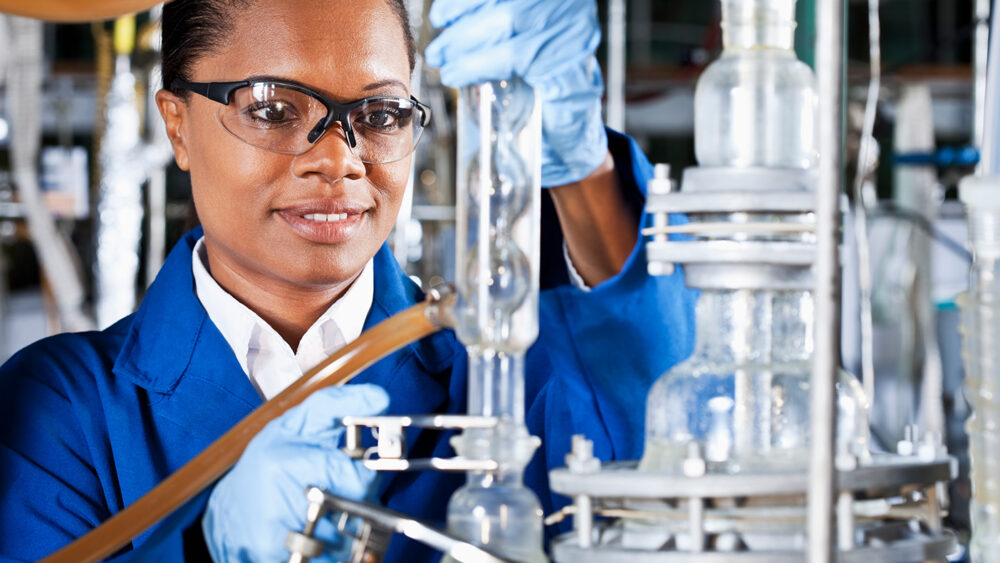
Role of Chemistry in Vaccine Ingredients and Safety
Hailed as one of the ten great public health achievements of the 20th Century by the U.S. Centers for Disease Control and Prevention (CDC), vaccines can help save 2 to 3 million lives every year.

Chemicals and chemistry touch nearly every aspect of our lives. From the food we eat, the cars we drive, the building where we work, live and play, to myriad health care applications, product packaging and consumer electronics, chemistry helps make all these possible. So it is important that chemicals are used safely. Learn more about chemicals health and safety in the five categories below.
For more chemical safety facts, follow us on social media.
© 2005 – 2023 American Chemistry Council, Inc. The ACC mark, Responsible Care®, the hands logo mark, CHEMTREC®, TRANSCAER®, and americanchemistry.com are registered service marks of the American Chemistry Council, Inc.